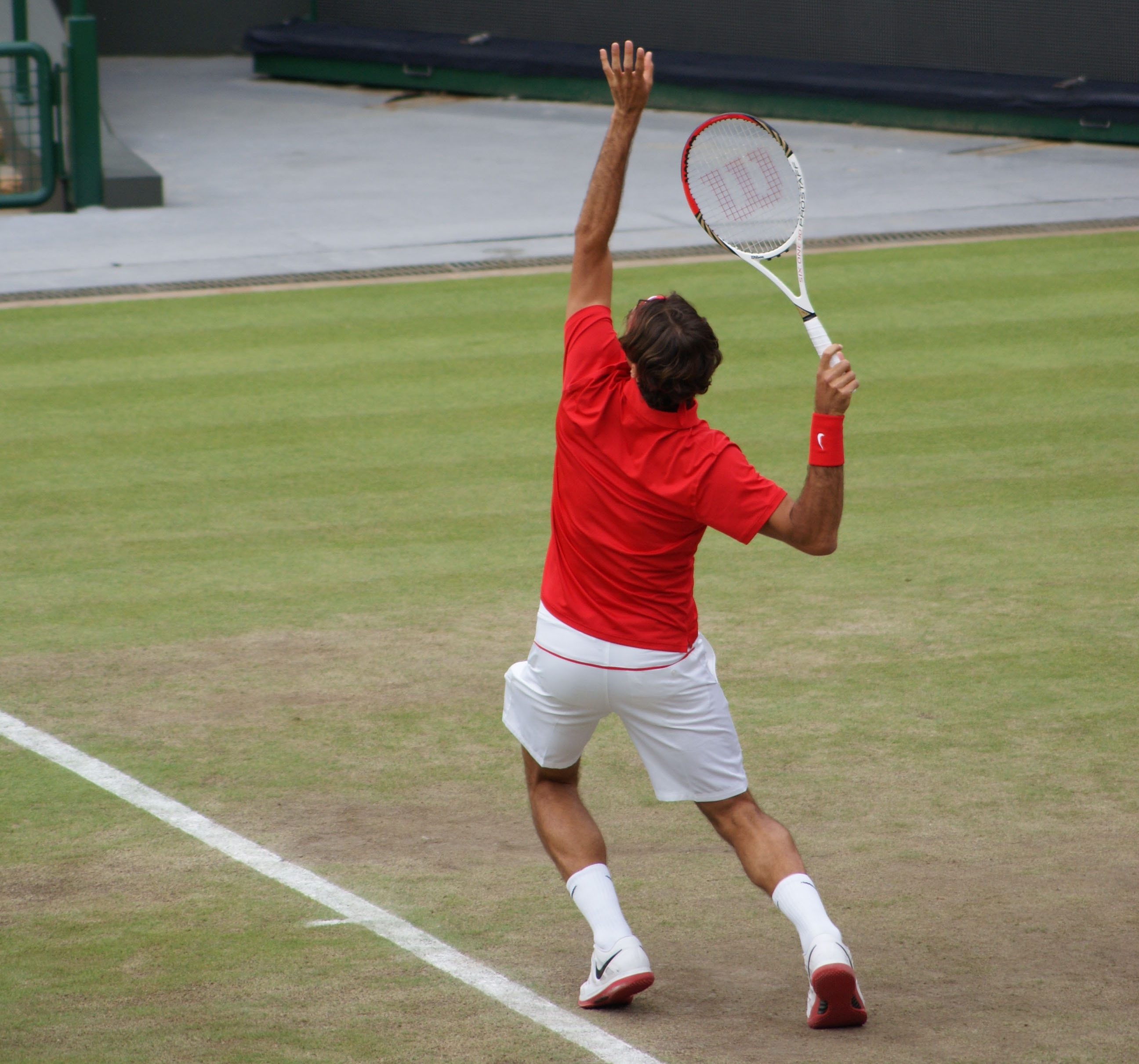How To Get A Good Deal On A Used Ball Machine
Ball machines can help you take your tennis game to the next level. You don’t have to wait for a coach or a partner to hit the court.
But ball machines are expensive and not everyone needs a new machine or can afford one. Ball machines are very durable and can last for many years. Picking up a used ball machine is a good choice for most people.
How to buy a used ball machine
Buy Local
Craiglist, Facebook Market Place, Nextdoor, Offerup are good places to buy locally. This allows you to check out the machines before you buy. All of these websites allow you set e-mail alerts for specific keywords.
Buying locally allows you to haggle for a better price. Local sellers don’t have too many buyers and are more likely to lower their prices compared to stores.
Watch out for scammers on these sites. Never send any money electronically without getting the ball machine.
eBay
eBay is a good place to buy used items. It’s no different for used ball machines. Before you buy, look at the buyer’s rating to ensure that you are dealing with a reputable buyer.
Note that eBay charges fees to the seller that could be up to 10% of the sales price. Even though it is the seller who pays the fees, expect that to be passed on to you.
Amazon
Many people are not aware that you can buy used items at Amazon. Amazon shows the new product on top but if you scroll down, you can see used items. Amazon gives you the quality of the used product and the return policy.
Manufacturers
Manufacturers have demo machines that they have to get rid of. You can save 20 to 25% by buying used machines directly from them. Here’s the link to buy used ball machines at Sportstutor.
How to get the best deal on used ball machines
Buy from private sellers (and haggle)
Private sellers are usually willing to negotiate prices. Unlike manufacturers, these sellers are not professionals and don’t have a good understanding of the market for ball machines. You use that to your advantage by doing your own research on the prices of used ball machines.
Be patient
The best deals don’t come every day. Set an e-mail alert on your favorite local shopping portal and be patient. Within a few weeks, you will get an idea of the price and availability of used ball machines in your local area.
Buy local
Ball machines are bulky and are costly to ship. Buying local allows you to save on shipping costs.
Brand is not that important
Do your research and pick up a ball machine that has good durability. Don’t be too tied to a brand. This will give you options as you shop around for the best deal.
Test the ball machine
Throw in a few balls and test out the machine to make sure that it is fully functional. You don’t want any surprises down the road.
